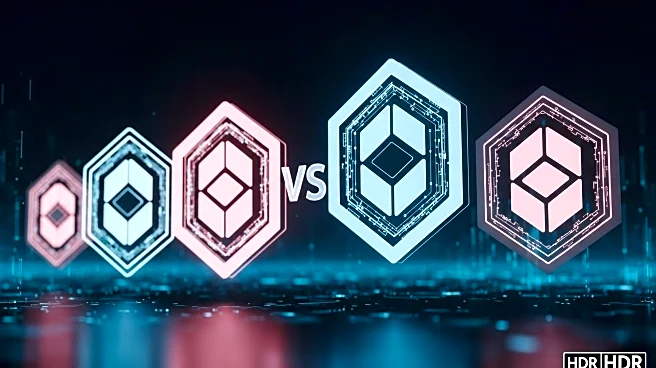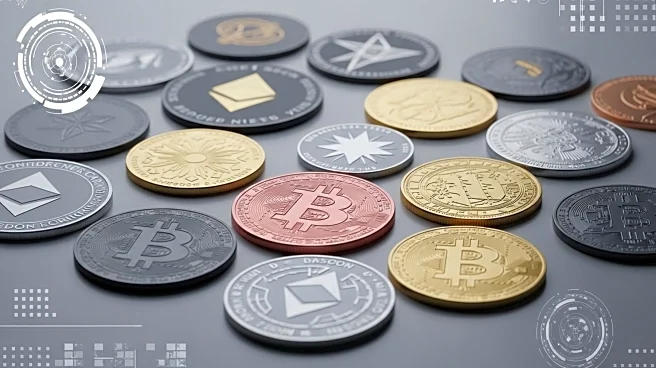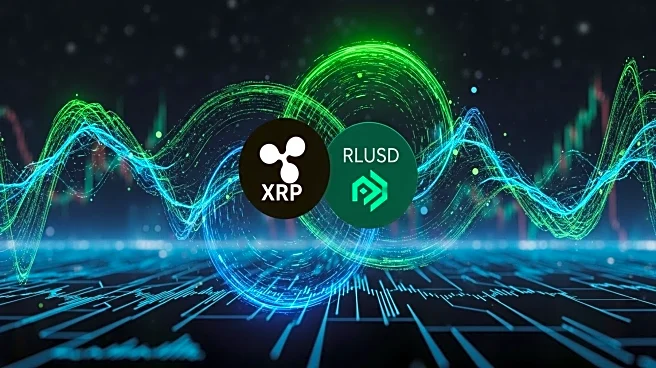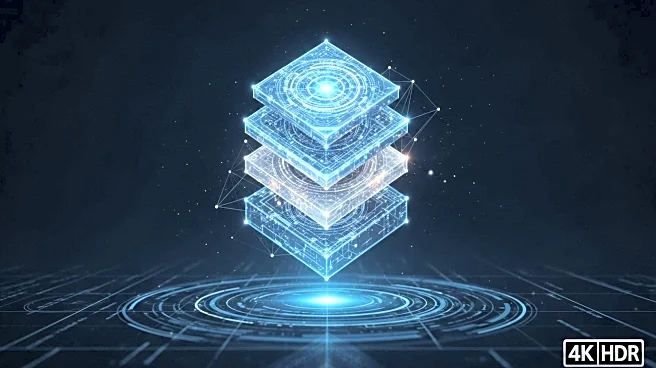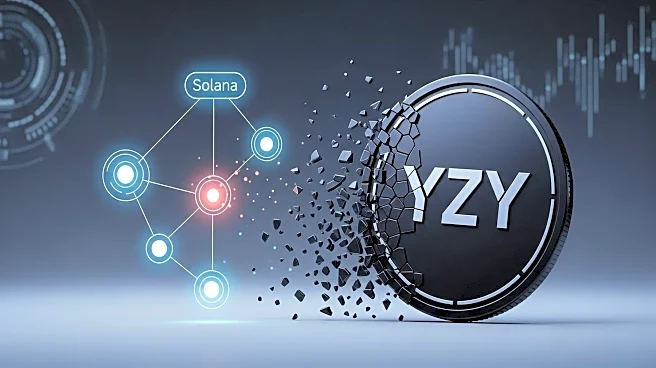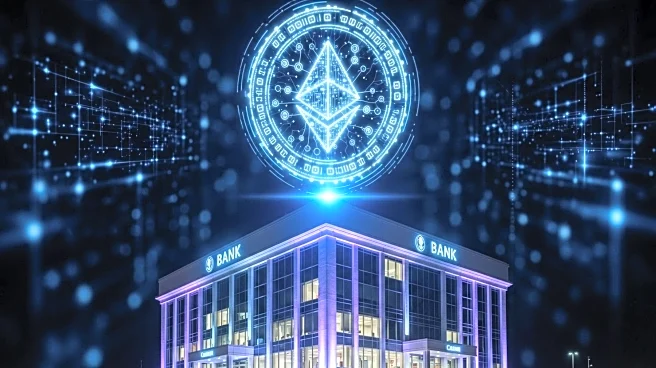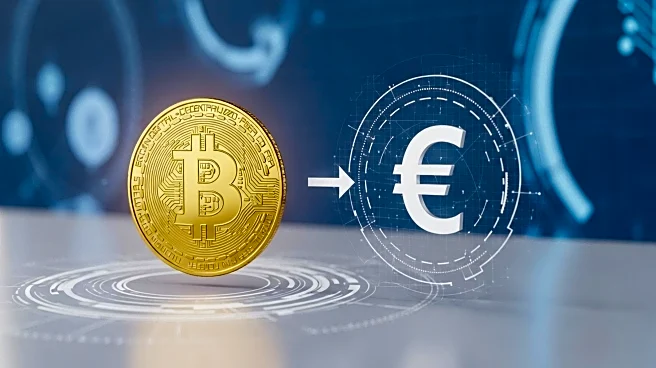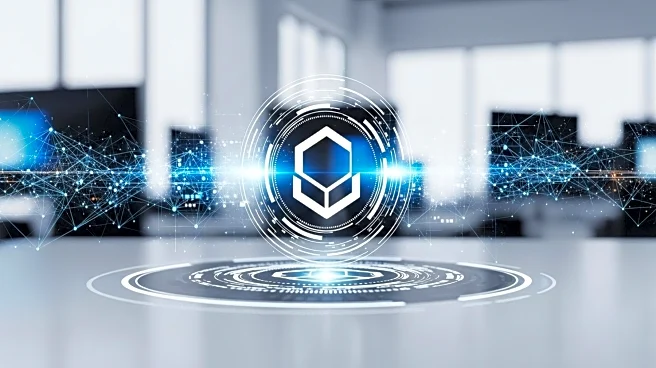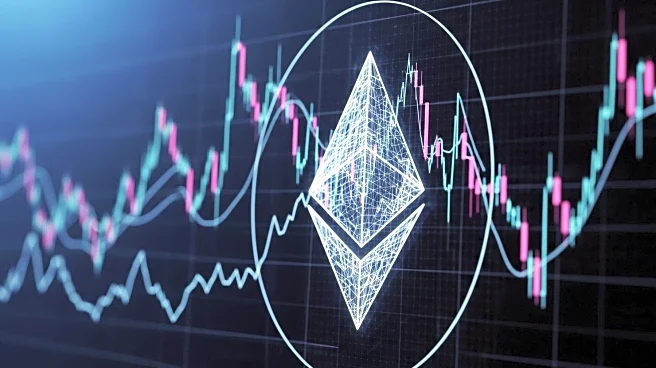What is the story about?
What's Happening?
The Layer 1 blockchain landscape in 2025 is marked by intense competition among protocols striving for scalability, governance, and use-case adoption. Ethereum's transition to Ethereum 2.0 has enhanced its throughput to approximately 45,000 transactions per second (TPS) through sharding and proof-of-stake, although gas fees remain a challenge during peak demand. Solana, leveraging its Proof of History consensus, achieves 65,000 TPS with sub-second finality, making it suitable for high-frequency applications. Other players like Hyperliquid and Monad are pushing boundaries with innovative consensus mechanisms and parallel execution strategies. Governance models are evolving, with Ethereum adopting a hybrid approach and Polkadot utilizing token-holder voting, which poses risks of centralization. Real-world use cases, such as DeFi and tokenization of assets, are crucial for validating a blockchain's utility.
Why It's Important?
The competition among Layer 1 blockchains is significant as it shapes the future of blockchain adoption and innovation. Protocols that successfully balance scalability, governance, and real-world use cases are likely to dominate the market. Ethereum's ecosystem depth and institutional backing make it a safe investment, while Solana and Avalanche offer high-growth potential in niche markets like AI and real-world asset tokenization. The ability to scale without compromising decentralization and security is crucial for long-term success. As blockchain technology matures, the protocols that can adapt to changing demands and maintain robust governance will lead the next phase of adoption.
What's Next?
The next steps for Layer 1 blockchains involve further enhancing scalability and governance models to attract more institutional and retail investors. Protocols will continue to refine their consensus mechanisms and explore new use cases to expand their market reach. The focus will be on achieving sustainable growth while maintaining decentralization and security. As the blockchain space evolves, the winners will be those that can scale effectively and offer real-world solutions that meet the needs of various industries.
Beyond the Headlines
The deeper implications of the Layer 1 blockchain competition include potential shifts in power dynamics within the blockchain ecosystem. As governance models evolve, the risk of centralization could impact the decentralization ethos of blockchain technology. Additionally, the focus on real-world use cases highlights the growing importance of blockchain in traditional industries, potentially leading to increased regulatory scrutiny and collaboration with established sectors.
AI Generated Content
Do you find this article useful?
